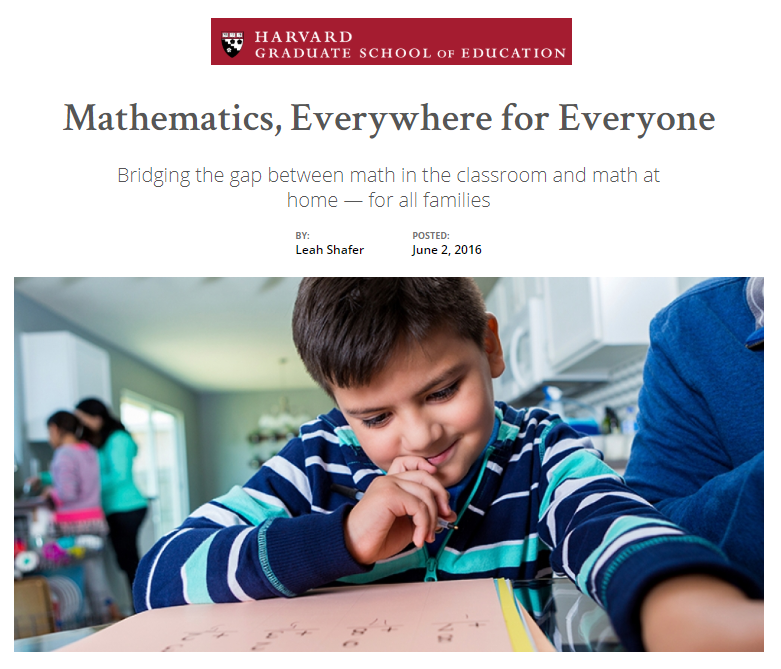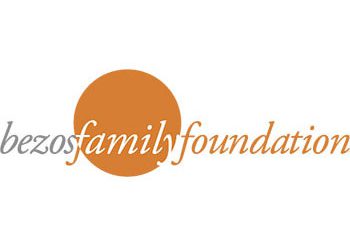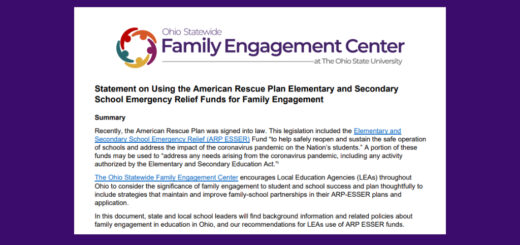How educators can bridge the gap between math in the classroom and math at home for all families
“Mathematics is cultural. Families, especially parents who went to school outside of the United States, may have learned math differently than the way their children are learning it. They may have indicated decimals with commas instead of periods, or relied more on mental math in long division — and they may become confused (or confuse their children) when not introduced to the methods taught in their children’s school. Mathematics exists in many different ways in many different communities. Research often concludes that lower-income homes don’t do as many math activities as upper-income homes. But all families use math with their children, whether it’s through halving a recipe, calculating gas mileage, or figuring out the right angle to shoot a basketball. It’s up to teachers to connect with their school community and understand the practices and strengths of the families they work with. Students learn best when their families and teachers are co-learners. Teachers should help cultivate the mindset that everyone has different beliefs about what’s important in mathematics, and how that should be taught and learned.”
Read more from the Graduate Schools of Education’s article, which includes Five Strategies for Connecting with Families about mathematics.



